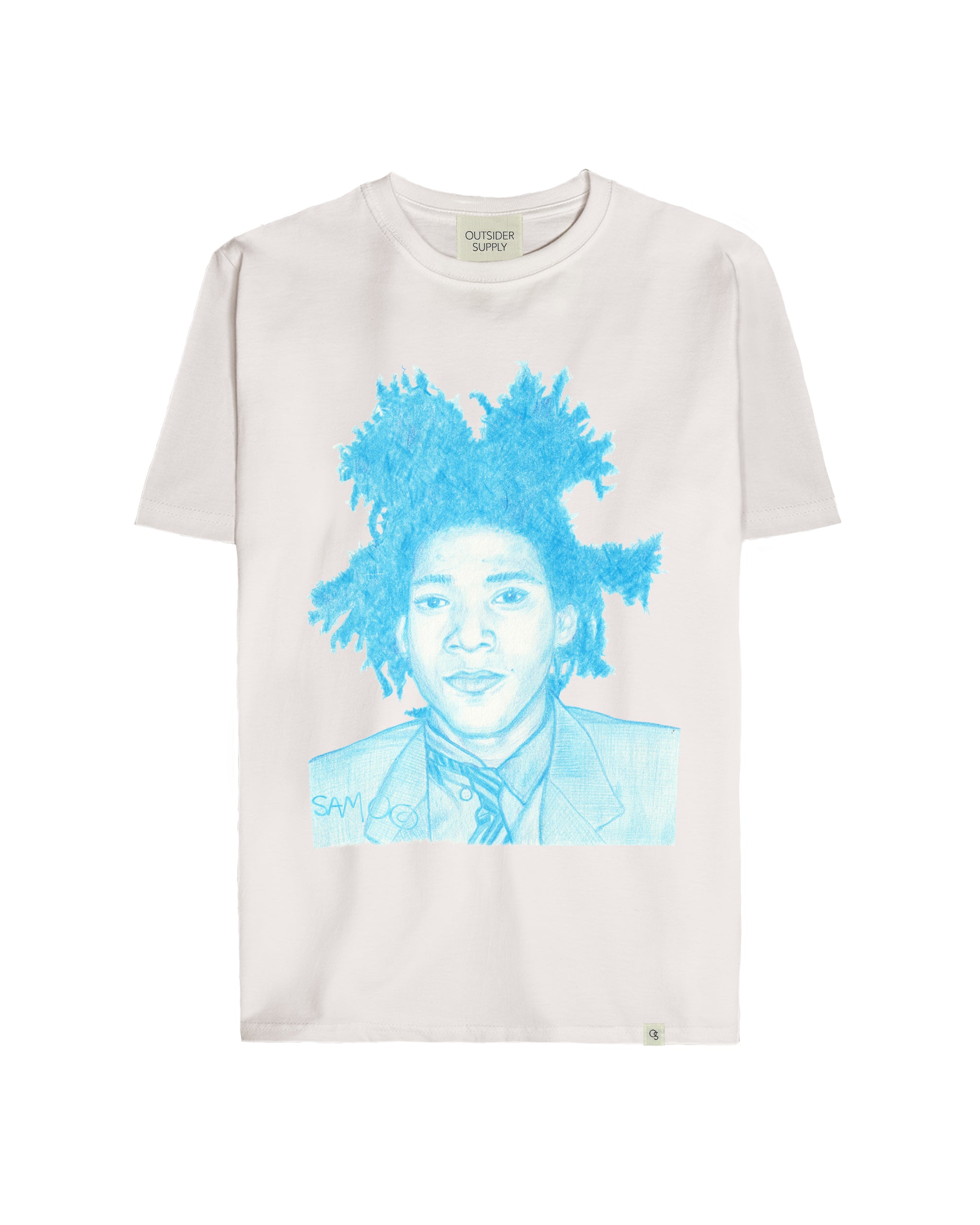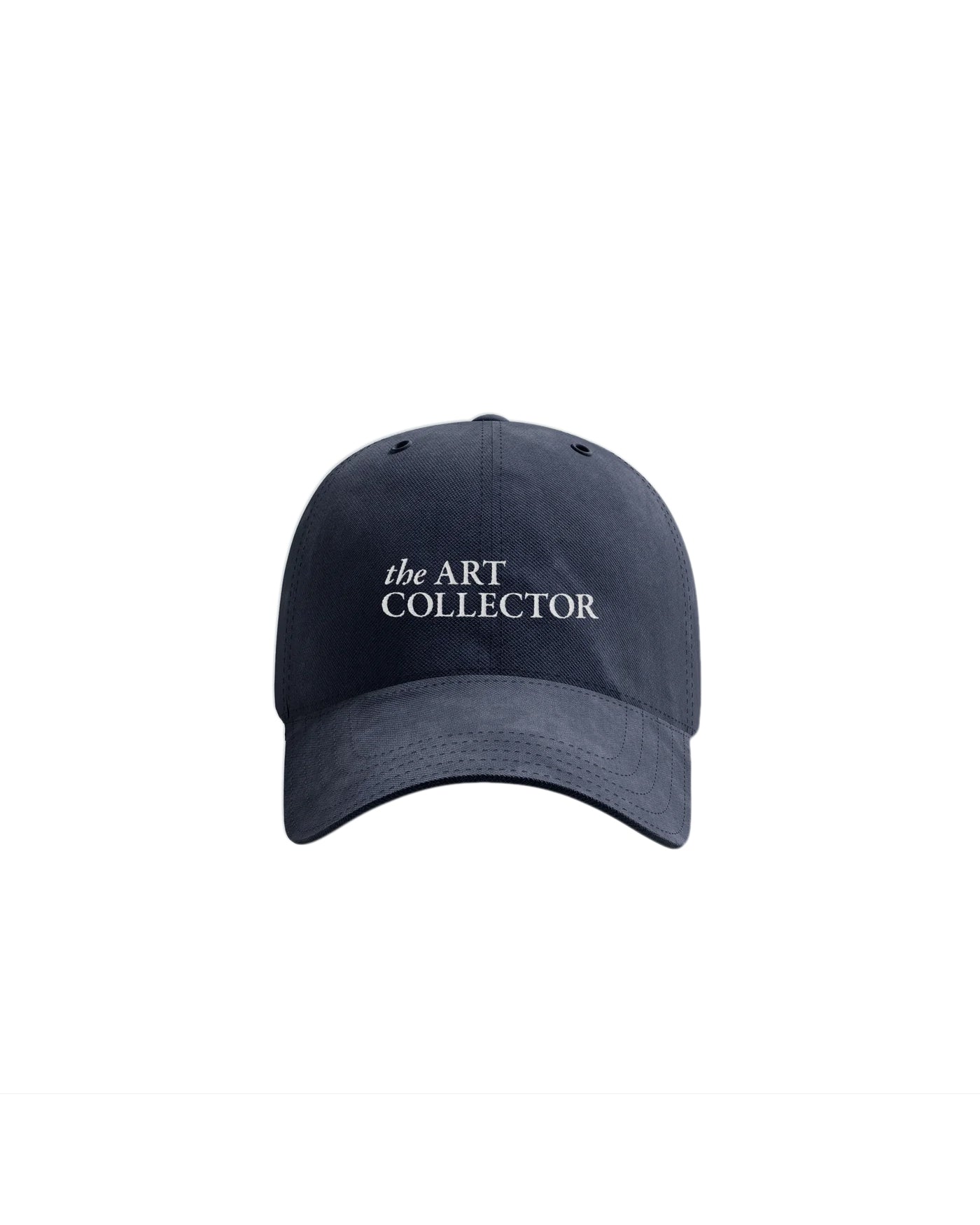Natural Fibers
For The Benefit Of Your Health, We Choose To Make Our Garments Out Of Natural Fibers
In addition to promoting the power of self-expression through fashion, sustainability and wellness are central to our philosophy at Outsider Supply.
That is why we use 100% natural fibers in all of our garments.
Right now, we offer 100% cotton goods, and we look forward to expanding our offerings in time to include plant-based fibers, such as modal and lyocell, which are made from tree material and plant-generated cellulose, and sustainable animal-based fibers, such as wool and silk.
In this day and age, it is very common to see brands selling garments made of recycled plastic in the name of sustainability.
While it is true that finding a good use for previously used plastics is essential, it is also true that there is a growing body of research illuminating unfortunate effects of human exposure to plastics, including through skin contact with plastic-based fibers, such as polyester, and commonly used clothing dyes.
We Choose Natural Fibers Because Research Proves That Skin Contact With Plastics Harms Your Health
For decades, synthetic fabrics, like polyester, have been a favorite material for clothing because of its true versatility. Nowadays, it’s a huge trend to see companies promoting their use of recycled plastic in garments as a practice of sustainability.
Unfortunately, there are serious downsides to donning plastic-based fibers, so we are choosing differently.
Plastic-based fibers are shown to negatively affect the normal function of the endocrine system - that’s right, your all important endocrine system, which is responsible for producing and regulating all your body’s hormones.
The endocrine system is composed of the pineal and pituitary in the brain, the parathyroid and thyroid gland in the throat, the adrenals and kidneys in the abdomen, and the ovaries and testes in the reproductive region.
These endocrine-interrupting plastics are classified as obesogens, or environmental factors that contribute to obesity.
How does that work? An obesogen alters metabolism, which is controlled by the endocrine system, and creates a situation where calorie intake is not processed normally, and instead, causes the subject to abnormally store fat.
These chemicals cause the subject to have more and bigger fat cells, leading to obesity disorder.
Exposure to obesogens that resulted in obesity was shown in one study to affect to exposed subject's next four generations, causing these proceeding generations to have a tendency toward obesity or to become obese with low to normal calorie intake, even if the subjects in those proceeding generations had not been exposed to environmental obseogenic substances themselves.
In other words, exposure to environmental obesogens in one generation can lead to heredity obesity, or a tendency toward obesity that can be passed genetically to subsequent generations.
Therefore! We at Outsider Supply, who care deeply about your wellness and wellbeing as much as we care about our own, find it both an honor and a responsibility to bring you products that not only stimulate your mind through art, but also protect and respect your body through materiality.
Also, nature is awesome, and we love to promote the natural way, always!
This might go against the grain of what's mainstream, but then again, you'll find that is a theme here with us. It is not to condemn any person or business selling wearable plastics, but rather it is to do our part to share information that is truly crucial to our generation and the generations to come!
To your health, to love, and to light.
Thank you for your attention, Outsider! We hope this information is helpful in your life.
Sources
Axe, Josh. “Dr. Josh Axe on Facebook Watch.” Facebook Watch, 2019, www.facebook.com/watch/?v=10156578890771178.
Chamorro-García, Raquel, and Bruce Blumberg. “Transgenerational Effects of Obesogens and the Obesity Epidemic.” Current Opinion in Pharmacology, U.S. National Library of Medicine, Dec. 2014, www.ncbi.nlm.nih.gov/pmc/articles/PMC4297575/.
Holtcamp, Wendee. “Obesogens: an Environmental Link to Obesity.” Environmental Health Perspectives, National Institute of Environmental Health Sciences, Feb. 2012, www.ncbi.nlm.nih.gov/pmc/articles/PMC3279464/.
Le Magueresse-Battistoni, Brigitte, et al. “Endocrine Disrupting Chemicals in Mixture and Obesity, Diabetes and Related Metabolic Disorders.” World Journal of Biological Chemistry, Baishideng Publishing Group Inc, 26 May 2017, www.ncbi.nlm.nih.gov/pmc/articles/PMC5439162/.






